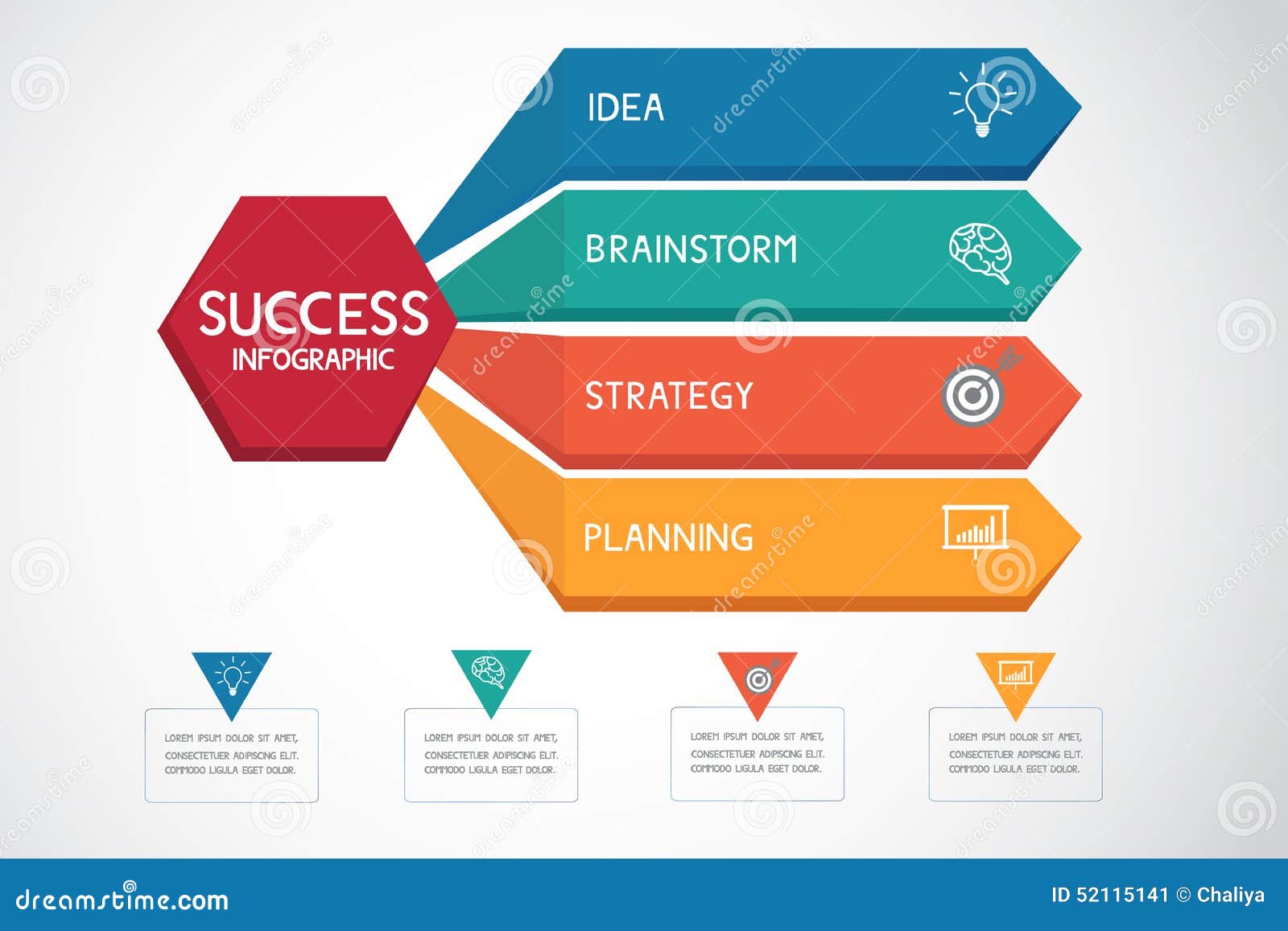The Advancement Of Web Site Style: From Earlier Times To Currently
The Advancement Of Web Site Style: From Earlier Times To Currently
Blog Article
Write-Up Produced By-Hartley Peters
In the past, websites were basic and concentrated on details. Navigation was direct, and layout was for desktops. Currently, individual experience is key. Data guides designs for easy navigating. Responsive designs match various devices. Today, dark mode decreases pressure, and minimal menus enhance navigating. Interactive features involve customers, and strong visuals stand apart. AI combination improves engagement. See exactly how layout has actually progressed to boost your on-line journey.
Early Days of Web Design
In the early days of web design, simpleness preponderated. Web sites were fundamental, with restricted shades, typefaces, and formats. The emphasis was on giving details rather than fancy visuals. Users accessed the internet through sluggish dial-up links, so speed and performance were vital.
Navigating food selections were straightforward, normally situated on top or side of the page. Websites were made for desktop computers, as mobile browsing wasn't yet widespread. Web content was king, and developers prioritized easy readability over intricate style components.
HTML was the key coding language made use of, and developers had to work within its constraints. Animations and interactive attributes were marginal compared to today's requirements. Web sites were fixed, with little dynamic material or tailored customer experiences.
Surge of User-Focused Design
With the advancement of web site style, a change towards user-focused style principles has come to be progressively famous. Today, developing websites that focus on customer experience is crucial for engaging visitors and achieving business goals. User-focused design involves recognizing the needs, choices, and actions of your target market to customize the website's format, material, and includes accordingly.
Designers now carry out extensive study, such as user surveys and functionality testing, to collect understandings and comments directly from customers. This data-driven method helps in developing intuitive navigating, clear calls-to-action, and visually enticing interfaces that reverberate with visitors. By positioning the customer at the center of the design procedure, websites can provide a much more individualized and enjoyable experience.
Responsive design has also emerged as a key facet of user-focused style, guaranteeing that internet sites are maximized for different gadgets and display dimensions. This adaptability boosts accessibility and functionality, dealing with the diverse means individuals engage with web sites today. Fundamentally, the increase of user-focused layout symbolizes a shift towards creating electronic experiences that prioritize the requirements and expectations of completion customer.
Modern Trends in Website Design
Discover the most recent fads forming web design today. One popular trend is dark setting layout, supplying a streamlined and contemporary appearance while minimizing eye stress in low-light atmospheres. An additional key trend is minimal navigating, streamlining menus and boosting user experience by concentrating on essential elements. Including micro-interactions, such as animated switches or scrolling impacts, can create a more appealing and interactive website. Responsive design remains crucial, making certain smooth customer experiences throughout various gadgets. In addition, utilizing vibrant typography and asymmetrical layouts can add visual passion and draw attention to particular content.
Incorporating AI innovation, like chatbots for customer assistance or customized recommendations, boosts user engagement and improves processes. https://www.searchenginejournal.com/web-stories-wordpress-plugin-seo-tips/377814/ has additionally become a substantial fad, with designers focusing on inclusive layout techniques to deal with varied customer requirements. Welcoming sustainability by maximizing internet site efficiency for speed and performance is another arising fad in web design. Collaborating with customer feedback and data analytics to iterate and improve layout constantly is important for staying relevant in the ever-evolving digital landscape. By embracing these modern-day trends, you can produce an aesthetically appealing, easy to use website that reverberates with your audience.
Final thought
As you review the development of website design from the early days to currently, you can see exactly how user-focused layout has ended up being the driving force behind contemporary fads.
Welcome the trip of modification and adjustment in website design, constantly keeping the individual experience at the forefront.
Stay present with the most recent patterns and modern technologies, and never ever quit progressing your method to develop visually magnificent and easy to use internet sites.
Progress, adapt, and develop - the future of website design is in your hands.
